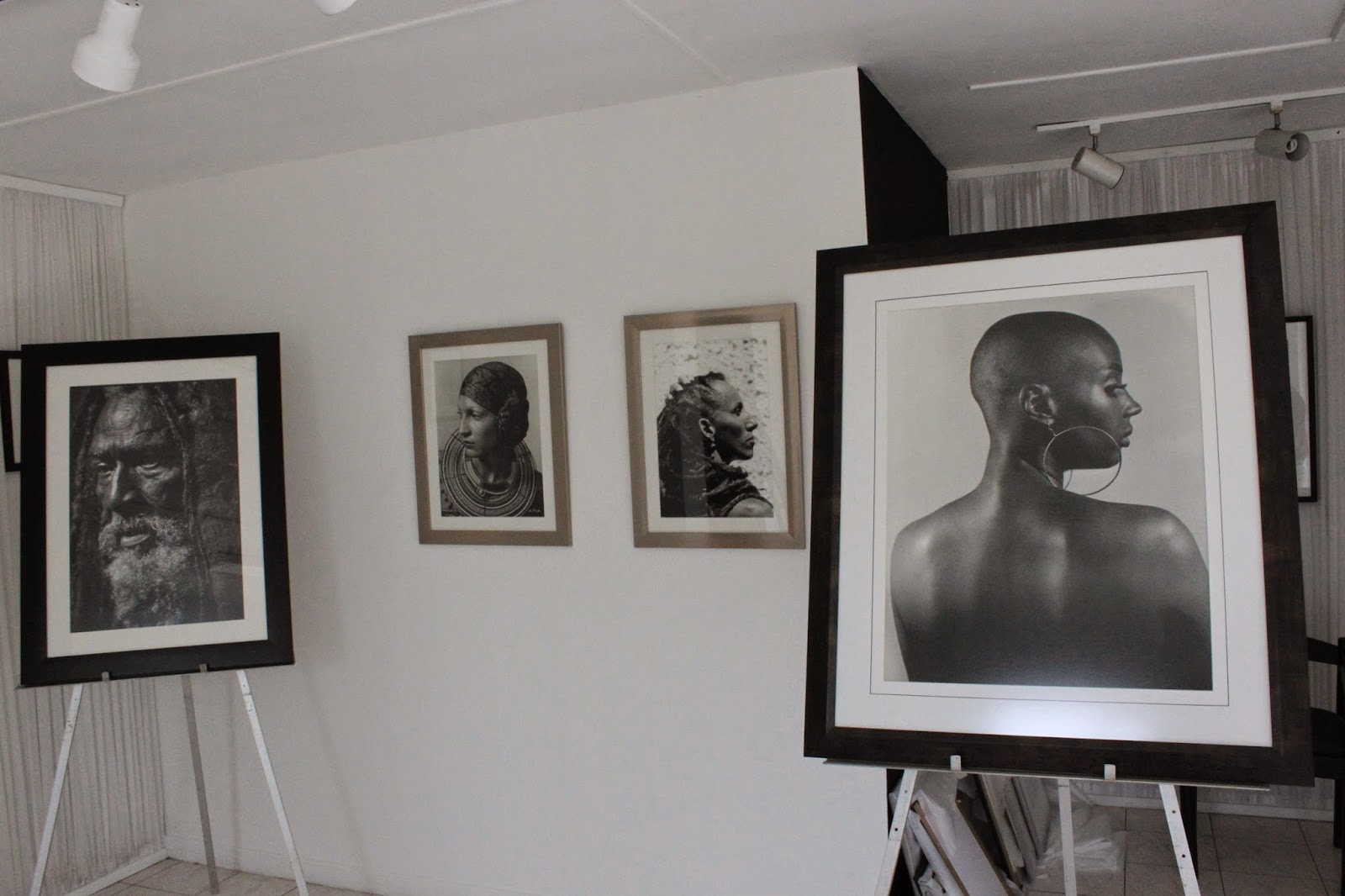Interesting Ikebana
“Ikebana can be done anywhere by anyone. There are no national or ethnic boundaries. Like flowing water or drifting clouds, Ikebana spreads throughout the world ... ,” is a petal from the diary of Kadensho, The Book of Flowers by Sofu Teshigahara, the first Iemoto, or grand master of the Sogetsu School, who is credited with revolutionising Ikebana, the traditional Japanese flower arranging.
Like the whiff of fresh flowers or the timeless beauty of nature, Teshigahara’s words and craft have transcended boundaries over the years. “Ikebana is traditional, but not bound by traditions,” says Joy Jones, head of Sogetsu School in Jamaica.
“The rules are benchmarks but not binding,” Jones added. “It is up to the interpretation and the creative acumen of the person. Practise with scenes around you and the materials available to you.”
Ikebana, which literally means living flower, like all time-honoured traditions of Japan, is not the regular flower arrangement. It is bound by rules, work of a meticulous process and deep-rooted meaning.
“The arrangement (of Ikebana) is amalgamation of three elements Shin: Heaven, Soe: Human, Hikai: Earth,” informed Sayoko Takase, wife of Japanese Ambassador Yasuo Takase.
Mrs Takase, who learnt Ikebana from her mother growing up in Tokyo, said she has been practising this art form for the last 40 years. “This art has grown and evolved over the years, but the basic traditions are still followed.”
Ikebana traces its origins as a ritual from Buddhism where flowers were offered at the altar. This later evolved as a custom in the Japanese society, with teachers creating their own style of Ikebana.
SIGNIFICANCE
Ikebana signifies the progression of life, the flowers and leaves are not plucked. “If they (flowers or leaves) have to (be plucked), the stem is cut below the water level, to ensure the transition of living plant,” said Jones.
The decoration rests on a base Kenzan is a bed of nails on which the stems are affixed. Ikebana rests on a trough of water, signifying life and ensuring longevity of the creation.
The arrangements are inclined at a particular angle, which is unique to each school.
“It is a reflection of rising above the hardships of life,” Dr Pauline Milbourn, president of Ikebana International St Andrew Chapter, said. “There is hope; they use the brain and the heart to open up your senses.”
Dr Milbourn, who is a veteran child psychiatrist, says that like appreciation of nature, practising Ikebana nurtures the creative acumen and is therapeutic too.
“It helps to relax the mind, be grateful for God’s abundance bestowed on us, and create something beautiful,” she said.
According to texts on Ikebana, spirituality remains a key factor respect and appreciation for nature, finding solitude and silence as one creates Ikebana are some of the important traits that are followed.
“A person not only becomes patient and tolerant when creating Ikebana, it also helps us inspire and find beauty in all forms of nature,” Dr Milbourne added.
Mrs Takase said that Ikebana is also a medium of socialisation in Japan. “Ladies would meet, make Ikebana, compare and appreciate their creation.”
Jones informed that for Ikebana practitioners, there are 20 basic lessons that have to be learnt. “Each lesson teaches a nuance of Ikebana and one moves to the next level,” she said.
Contrary to perception, Ikebana is not restricted to flowers alone. Practitioners use bamboo, leaves, twigs, almost any natural material that would make the three-layered presentation.
In Jamaica, this art form has been practised for more than four decades, said Dr Milbourn said, adding that she would recommend Ikebana as a tool to de-stress and take a break from the fast-paced life.
Ikebana, in the words of Sofu Teshigahara, is “born from the encounter of nature and humans and is a clear example of perfect harmony between man and nature”. A tangible art form, Ikebana, reflects the progression of life and like the eastern philosophy of the omnipotent and omniscient soul that transits from one form to the other.
Published April 14, 2013 - Sunday Gleaner







Comments
Post a Comment